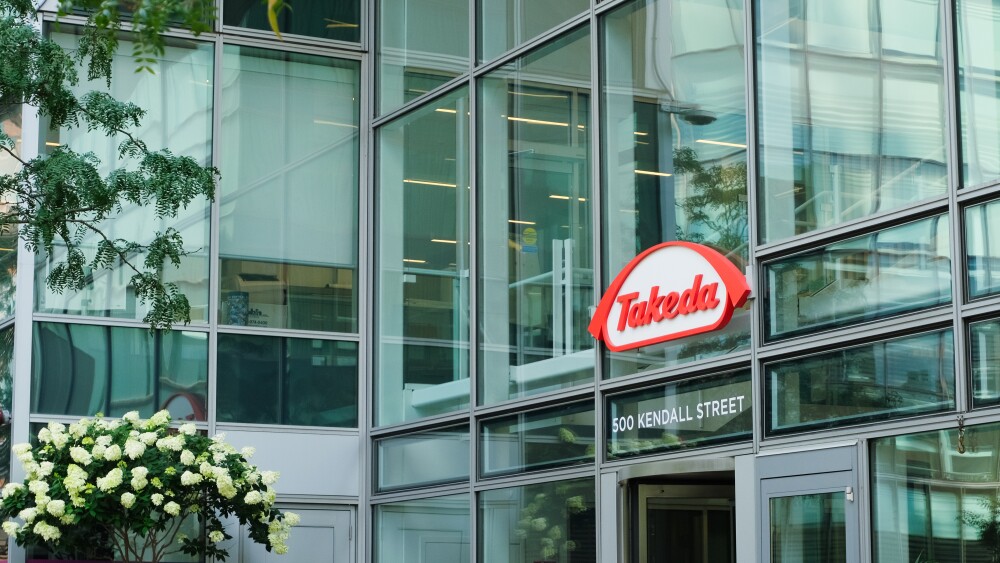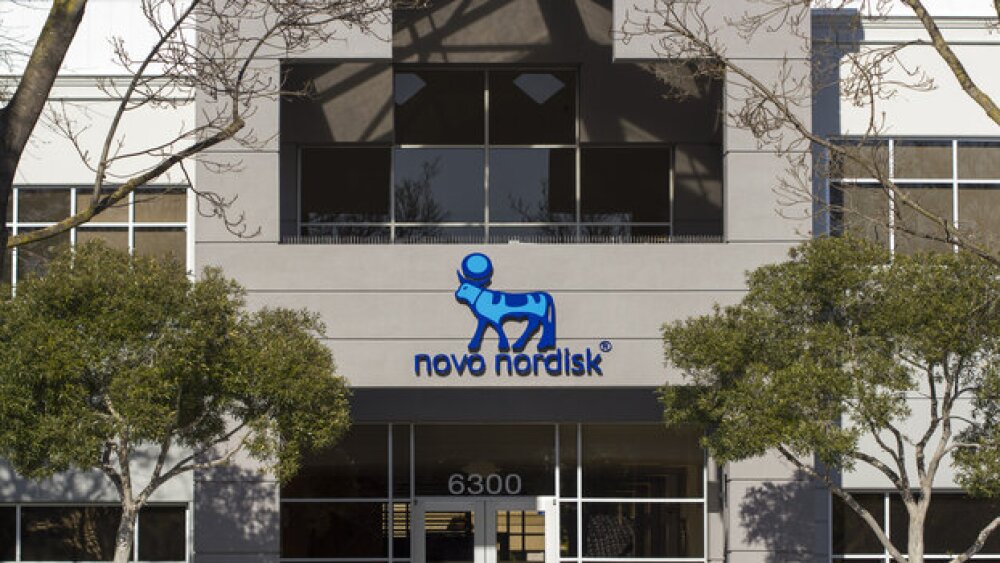Understanding immunology can be challenging, especially in the midst of a global pandemic.
Understanding immunology can be challenging, especially in the midst of a global pandemic. What used to be a discussion space occupied mostly by academics prior to the emergence of COVID-19 in China in late 2019 is now occupied by a plethora of armchair experts and Twitter activists who all claim to “know” exactly what is happening and how we return to normal.
It seems as though conflicting information is constantly being relayed from the online interpretations and misinterpretations of the many studies published—almost daily—on the impact of COVID-19 on our immune systems. There are many pressing questions about SARS-CoV-2 infections, but perhaps the most ambiguously answered of the bunch is what will collective immunity look like, and when or how will we even achieve it?
Herd immunity is an important concept in epidemiology. Essentially, herd immunity means that enough of the population has become immune to a pathogen—whether it be through immunization programs or naturally acquired immunity—that the spread of the disease from person to person becomes relatively unlikely.
Herd immunity is also an important subject in the current COVID-19 political sphere, where some experts and pundits alike are putting stock in naturally achieving herd immunity as a resolution for the pandemic. Sweden, for instance, took a softer approach to their lockdown in an attempt to reach natural immunity, but the relative success of this approach is far from clear.
Further complicating approaches to achieving herd immunity, the scientific community doesn’t currently know enough about the novel coronavirus to put hard and fast figures around what “immunity” even means. There’s still debate about whether convalescent COVID-19 patients can be reinfected by the virus.
Experimental studies in macaques show that previous SARS-CoV-2 infection leads to the development of persisting immunoglobulin G (IgG) antibodies and provides protection upon rechallenge. But these results are far from definitive, as model systems are never completely representative of human biology and these experiments were constrained under a limited timeframe of rechallenge.
To the previous point, a retrospective study in Chinese COVID-19 patients published in Nature Medicine points to evidence that asymptomatic individuals produce significantly lower virus-specific IgG levels than symptomatic patients and that both convalescent asymptomatic and symptomatic patients demonstrate a decline in IgG levels. In fact, 40% of asymptomatic and 13% of symptomatic COVID-19 patients in this study tested negative for virus-specific antibodies (seronegative) upon convalescence.
Furthermore, a recent case study published in Clinical Infectious Diseases determined through SARS-CoV-2 whole-genome sequencing that a COVID-19 patient in Hong Kong who was first infected back in March had been reinfected again in July with a phylogenetically distinct strain of the virus from the initial infection.
So, do these data mean that herd immunity will be impossible to achieve naturally? Maybe not. A much less understood mode for achieving pathogenic immunity known as T cell immunity might provide some protection against COVID-19, as was reported in a new study published in Cell. The researchers out of Karolinska Institutet in Sweden demonstrated that T cells from acute phase COVID-19 patients exhibited a strong cytotoxic response whereas convalescent SARS-CoV-2 T cells displayed multiple functionalities, including a memory response that is still not mechanistically well understood. They also note that these SARS-CoV-2 specific T cells were detectable in seronegative individuals, suggesting that the serological status of a convalescent COVID-19 patient may not be completely indicative of their immunity status.
What is perhaps even more interesting than the memory response of T cells in convalescent COVID-19 patients, is that we now have evidence for SARS-CoV-2-specific T cells in individuals that have never been exposed to the current virus.
A recent study published in Nature examined three cohorts of patients, convalescent COVID-19 patients, individuals who were previously infected with SARS—a closely related virus responsible for a pandemic nearly 20 years ago, and individuals who have no history of either disease. What they found was striking; samples from all three cohorts contained long-lasting memory T cells that are reactive against the N protein of SARS-CoV-2. They note that in the uninfected control group, the N protein does not share sufficient homology to “common cold” coronaviruses to generate such a reaction, implying that betacoronavirus exposure is required to mount this kind of immune response.
Still, these promising data do not necessarily mean that T cell immunity is our path forward into herd immunity and the end of the pandemic. Unfortunately, this type of T cell response only becomes active enough to recognize the virus when there is a sufficient level of infected tissue, meaning the virus is already replicating inside the host which can lead to persistent myocardial inflammation, suggests a study published in JAMA Cardiology. Some experts believe the memory T cell response likely won’t prevent individuals from being infected, in the best-case scenario it will probably just reduce the severity of the disease, which isn’t without long-term consequences.
We still don’t know enough about the immunology of COVID-19 to be placing bets on how or when herd immunity could be achieved. Promising results from the scientific community are always guarded in caveats which are often either fixated on, or completely disregarded, depending on who is telling the story. The good news is that it’s clear that our immune systems can recognize the virus and will likely mount a preventative response—even if only for a while—which is critical for any hope of an immunization program against COVID-19, natural or otherwise.





